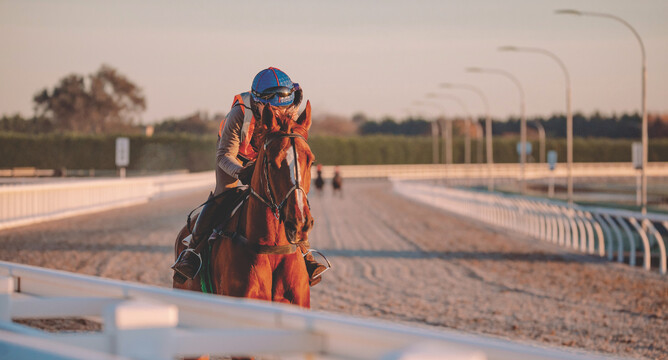Racing spirit of Cambridge
Cambridge, often referred to as the equine capital of New Zealand, wears its equine heritage like a badge of honour.
Strong ties to the equestrian and thoroughbred racing industries has put Cambridge on the global map. The town’s equine legacy, which spans more than a century, has helped shape the town’s identity and spirit, and is one of the foundations upon which our thriving community stands today.
Working horses in the early years help shape the fabric of our town
Cambridge’s equine history began in the late 19th century with European settlers recognising the area’s ideal conditions for horse breeding and farming.
Working horses – Clydesdales, Shires and Percherons - were brought in to the town to support agriculture and transportation, commonly ploughing paddocks, harrowing, and hauling heavy loads of product, timber, and supplies.
Horses like Standardbreds and Thoroughbreds pulled carriages and stagecoaches. The Cambridge to Hamilton coach service used teams to transport passengers and mail. Businesses and households used lighter breeds for personal travel with buggies
and traps.
Heavy draught horses played an important role in logging, hauling trees from forests to mills. Their strength and calm nature made them essential for navigating tough terrain in early forestry.
Working horses also helped in the construction of the Victoria Bridge between 1907 and 1909. Large quantities of timber, steel and other construction materials were hauled by horses from the Cambridge Railway Station and local suppliers to the bridge site. Horses were also used to pull scrapers and carts for excavating and levelling the bridge approaches.
By the early 1900s, Cambridge Agricultural and Pastoral (A&P) Shows began showcasing
draught horses, reflecting their importance to the local economy.
Even during this working-horse era, some Cambridge settlers began breeding horses with an eye for racing or higher-performance tasks, foreshadowing the region’s future focus on equestrian sports.
Racing is born
In the late 1800s, horse racing grew popular in New Zealand, shifting the focus to thoroughbreds and performance horses. Cambridge became a prime location for breeding and training due to its landscape and accessibility to major racing venues.
The Cambridge Jockey Club was officially established in 1876 on the grounds where Cambridge Raceway sits today. It began with modest facilities and races, albeit reflecting the enthusiasm for horse racing among early European settlers in the Waikato.
Harness racing began to gain popularity in Cambridge during the 1940s and 1950s. The Cambridge Trotting Club was established to oversee and promote this growing sport, gradually taking over the use of the facilities originally developed for thoroughbred racing.
By the 1960s, the venue was increasingly associated with harness racing. The name Cambridge Raceway became widely adopted to reflect the changing focus of the facility. This period marked the venue’s diversification, including hosting greyhound racing alongside trotting.
Over time, Cambridge Raceway became a hub for harness racing, and today, it hosts major meetings and events throughout the racing calendar.
The growth of thoroughbred breeding
The 20th century stands out as a transformative period for Cambridge, and no story of Cambridge’s equine history is complete without honouring the contributions of the late Sir Patrick Hogan. A visionary, innovator, and philanthropist, Sir Patrick was the architect of Cambridge Stud, a world-class thoroughbred breeding operation established in 1976.
Under his astute leadership, the stud became synonymous with excellence, giving rise to legendary stallions like Sir Tristram and Zabeel, who dominated the racing world and produced legendary progeny that put Cambridge on the global stage.
Windsor Park Stud has also played a pivotal role in solidifying Cambridge’s equine prestige. With a focus on innovation and excellence, Windsor Park has cultivated generations of horses that have excelled on tracks worldwide.
Among its many success stories are So You Think, a dual-hemisphere champion whose career included ten Group One wins, and Starcraft, who claimed victories in prestigious races such as the Prix du Moulin in France and the Queen Elizabeth II Stakes in the UK. Windsor Park’s commitment to breeding has also seen stallions like Montjeu and Shamardal leave a lasting legacy in theracing world.
Beyond the racetrack, Cambridge’s stud farms contribute to our local status as a global equine destination, hosting international buyers and playing key roles in events where horses consistently attract attention.
Walking the talk
Cambridge’s equine legacy is celebrated in the streets of the town. The Cambridge Walk of Fame pays tribute to the town’s legends, their names immortalised and emphasising the importance of preserving our local equine heritage.
But the influence of the equine industry goes beyond the glitz and glamour of racing and breeding. It has shaped Cambridge economically, culturally, and socially.
Cambridge Raceway chief executive Dave Branch says the industry provides employment, attracts international attention, and enhances our reputation for excellence.
“For locals and visitors alike, the love for horses permeates every corner of our community. From the equestrian and racing events that pack our calendars to the picturesque paddocks that dot the surrounding countryside, Cambridge’s identity as New Zealand’s equine capital is undeniable,” says Branch.

